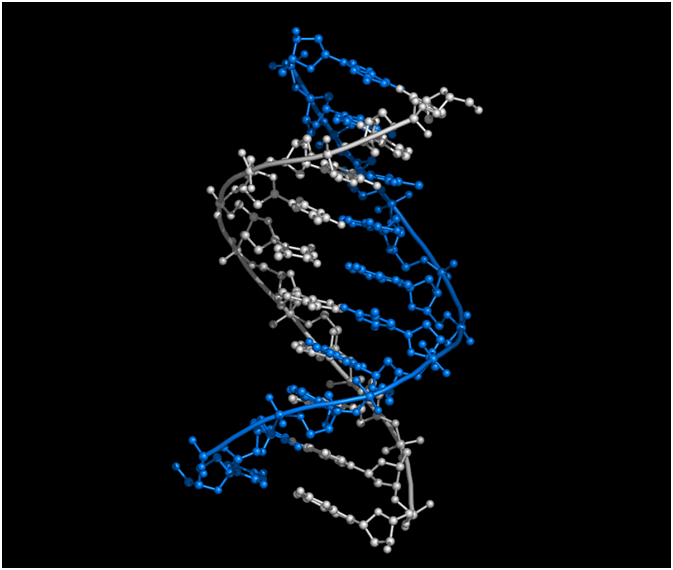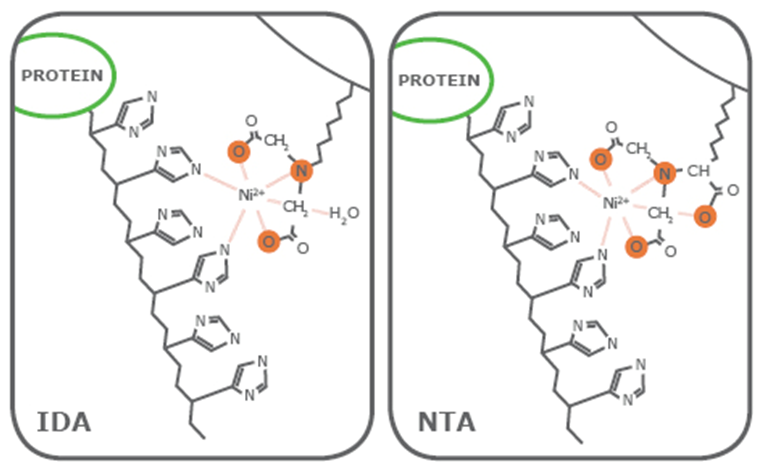Basically, spectrophotometry is one of the most widely used analytical procedures in biochemistry. It is commonly used to estimate the level of an analyte in solution and is ideal for simple routine determination of small quantities of materials. This method is based on the two laws of light absorption by solutions, namely Lambert's Law and Beer's Law.
The Protein Man

Recent Posts
Spectrophotometry and Its Application in Protein Estimation
Topics: Protein Estimation
Using Tags in Protein Purification: When Should You Use Them?
Tagging your protein of interest can be extremely useful since it simplifies the purification protocol, improves the yield and solubility of your protein of interest and promotes the proper folding of their fusion partners. Due to their versatility, affinity tags (peptide sequences that are appended to the target protein) are recognized as one of the most powerful tools that can be used for basic biological research and in structural and functional proteomics as well.
Topics: Protein Purification
How Proteins Interact with DNA and RNA to Influence Nucleic Acid
Due to the fact that nucleic acids carry genetic information and that proteins regulate various life processes, they are considered to be two of the most important biomolecules in any living organism. In addition, their interactions play a crucial role in most biological processes, which include everything from replication,transcription and recombination to enzymatic eventsusing nucleic acids as substrates. Taking all of these things into consideration, it is not surprising why protein-nucleic acids interactions have been the subject of intensive research for the past few years.
Topics: Molecular Biology
What You Need to Know About NTA and IDA Ligands
Since 1975, immobilized metal affinity chromatography (IMAC) has been popularly used in purifying proteins, especially those that are fused to a polyhistidine tag, typically a 6X His tag. This process gained immense popularity since it allows for the efficient purification of proteins, even those from crude lysates. In addition, its robust nature makes it ideal for methods that require protein-specific conditions. Its functional simplicity, affordability and compatibility with a wide range of reagents also add to its popularity.
Topics: Protein Purification



.png?width=788&name=new_picture_(11).png)
.png?width=788&name=new_picture_(10).png)


